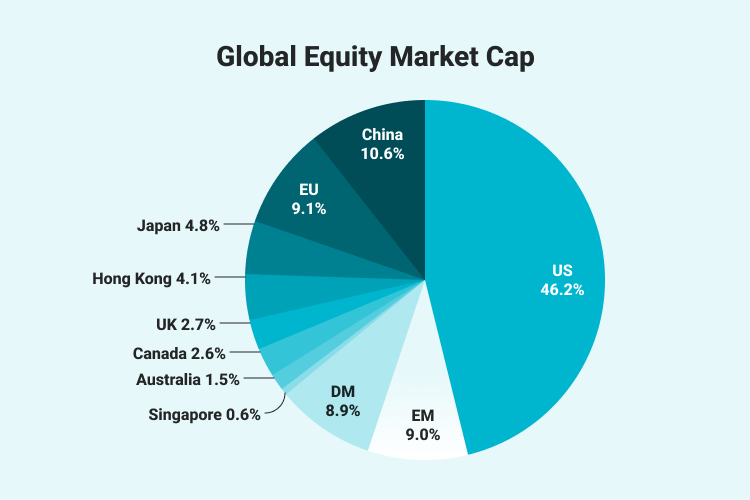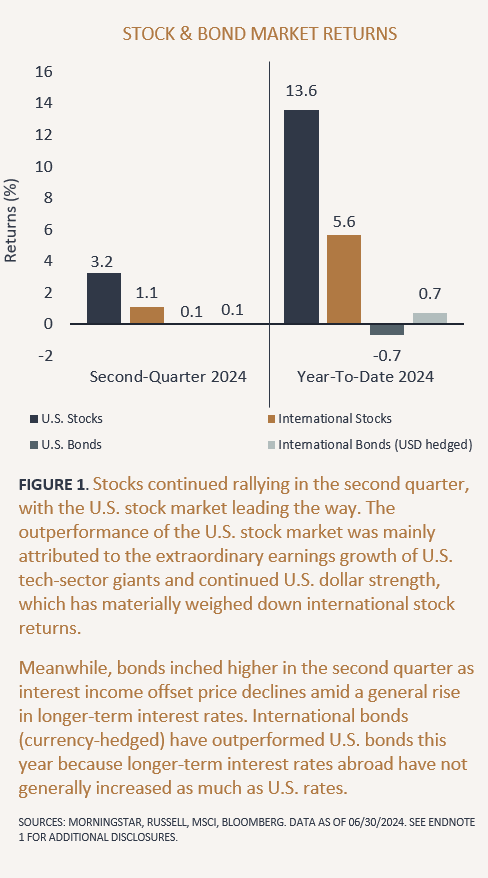Introduction
The stock market is a dynamic entity, constantly shifting due to economic changes, geopolitical events, and investor sentiment. While periods of rapid market swings can be unsettling, understanding stock market volatility is crucial for making informed investment decisions. But what does volatility mean for the average investor, and how can they navigate these unpredictable times?
Understanding Stock Market Volatility
Volatility refers to the degree of variation in stock prices over time. It is often measured by the VIX Index, also known as the “fear gauge,” which reflects investor sentiment about future market risk.
Key factors driving volatility include:
- Economic Indicators – Reports on GDP growth, employment, and inflation can significantly impact investor confidence.
- Federal Reserve Policies – Interest rate hikes or cuts influence stock prices by affecting borrowing costs and corporate profitability.
- Geopolitical Events – Wars, trade tensions, and global crises can trigger sharp market movements.
- Earnings Reports – Company performance and future guidance can lead to major stock price swings.
- Investor Psychology – Market trends often reflect emotions such as fear and greed, leading to unpredictable price movements.
How Volatility Affects the Average Investor
While stock market volatility can create opportunities, it also introduces risks that investors must manage carefully. Here’s how it impacts the average investor:
- Emotional Decision-Making – Sharp declines can lead to panic selling, while sudden gains may encourage impulsive buying. Maintaining a long-term perspective is crucial.
- Investment Portfolio Fluctuations – Market swings can cause portfolio values to rise and fall unpredictably, affecting retirement savings and financial planning.
- Opportunities for Long-Term Growth – Volatility creates buying opportunities for investors who can identify undervalued stocks.
- Increased Market Uncertainty – Unstable markets make it harder to predict returns, emphasizing the need for diversification and risk management.

Strategies to Navigate Market Volatility
To successfully navigate market fluctuations, investors can adopt several key strategies:
- Diversification – Spreading investments across different asset classes can reduce risk.
- Stay Invested for the Long Term – Market downturns are temporary; historically, markets recover and grow over time.
- Dollar-Cost Averaging – Investing a fixed amount regularly can help smooth out market fluctuations and lower average purchase costs.
- Reassess Risk Tolerance – Investors should evaluate their comfort level with market swings and adjust their portfolios accordingly.
- Focus on Quality Investments – Companies with strong fundamentals and consistent earnings tend to withstand volatility better.
Conclusion
Stock market volatility is a natural part of investing, but it doesn’t have to be a cause for panic. By understanding the factors driving volatility and implementing sound investment strategies, the average investor can navigate market ups and downs with confidence. Staying informed, maintaining a long-term outlook, and making disciplined financial decisions can turn market swings into opportunities for growth.






Leave a Reply